This article originally appeared on eightieskids.com
Gene Wilder took the part on one condition
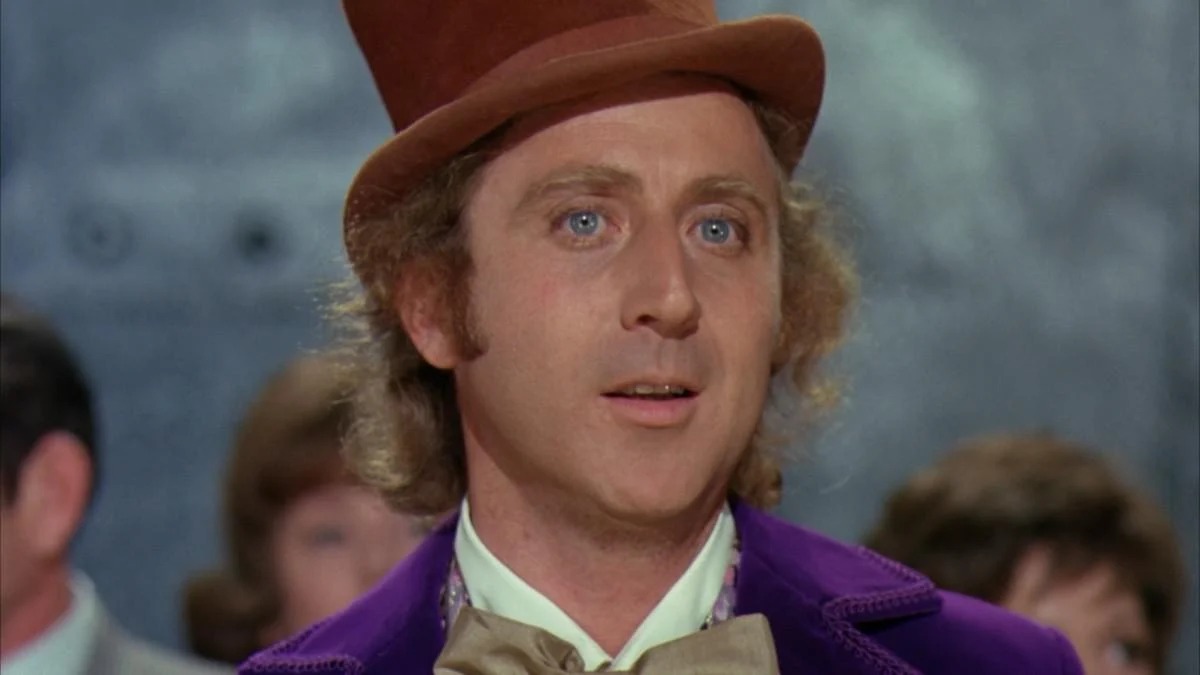
Gene Wilder only agreed to play Wonka if and only if he was allowed to make some changes, adding various quirks there were not part of the original script. Chief amongst those changes was Wonka’s introduction, which sees him limps towards the camera as if he was a frail old man, before slowly leaving his cane behind and toppling into a spectacular somersault. Wilder kept this a secret from the rest of the cast, only consulting the director. The actor insisted he be allowed to do this, explaining “from that time on, no one will know if I’m lying or telling the truth.” He was so insistent on this detail that if director Mel Stuart had not allowed him to do it, Wilder said he would have turned the part down.
The kids’ reactions upon seeing the candy gardens are real
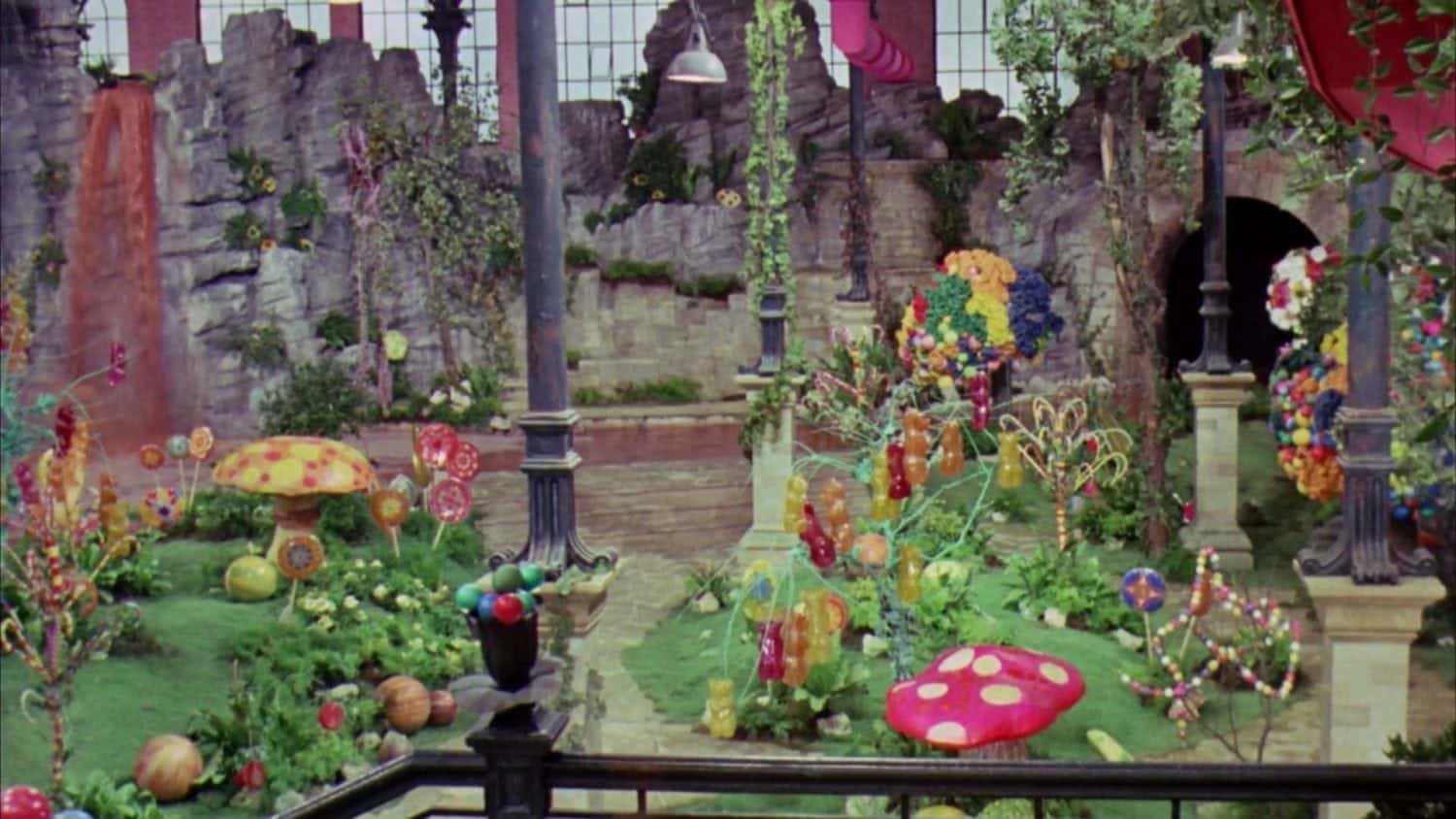
Probably the most memorable and magical scene in Willy Wonka and the Chocolate Factory is in the Chocolate Room, a seemingly organic landscape where everything is chocolate and edible. While not everything in the movie’s version of the sweet room could actually be eaten in real-life, it was still the most anticipated scene to film from the perspective of the kids. The set-dressing was elaborate and included many genuinely edible items, and was kept totally secret from the kids in order to increase their excitement about seeing it. All of this was to ensure that their reactions were real when they finally saw the room, in order for it to seem totally overwhelming and authentic, just as it was in the book.
Grandpa George actor Ernst Ziegler really was near-blind for a tragic reason
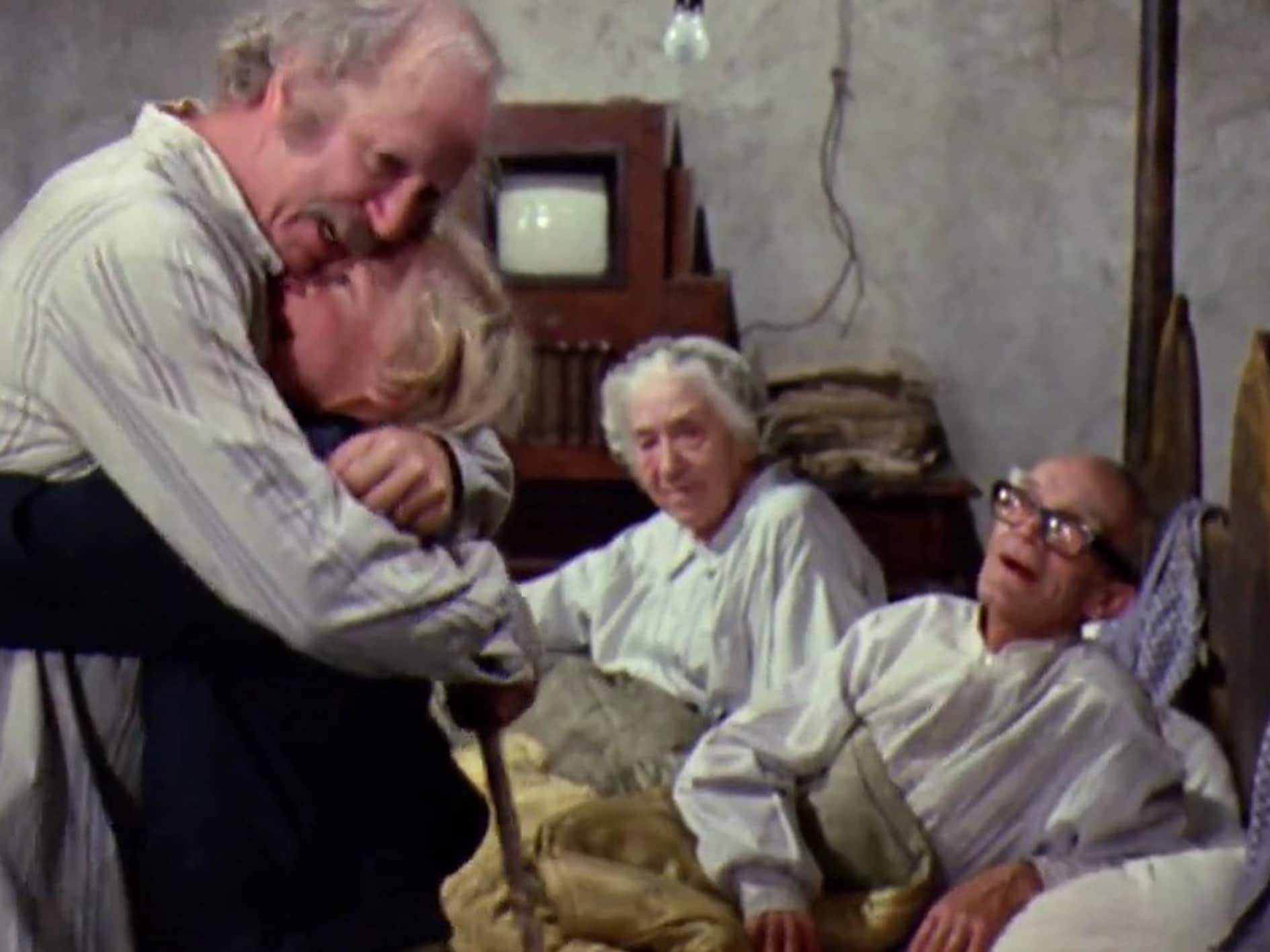
Ernst Ziegler doesn’t have a super extensive film career, having only appeared in less than five projects in his entire life. Four of those projects were in 1970 and 1971, when the actor was already in his mid-seventies. Though he didn’t have a super long entertainment life, he did have a very interesting real life, which included living in West Berlin when the two were still divided, and fighting for the Germans in World War One. It was this fighting that ruined his eyesight for life, as poison gas on the front lines caused him to become within an inch of legally blind. In order to get around this problem, the director would shine a red light in the direction he should be looking, and kept his on-screen dialogue to a minimum.
Only one of the songs was written by Roald Dahl himself
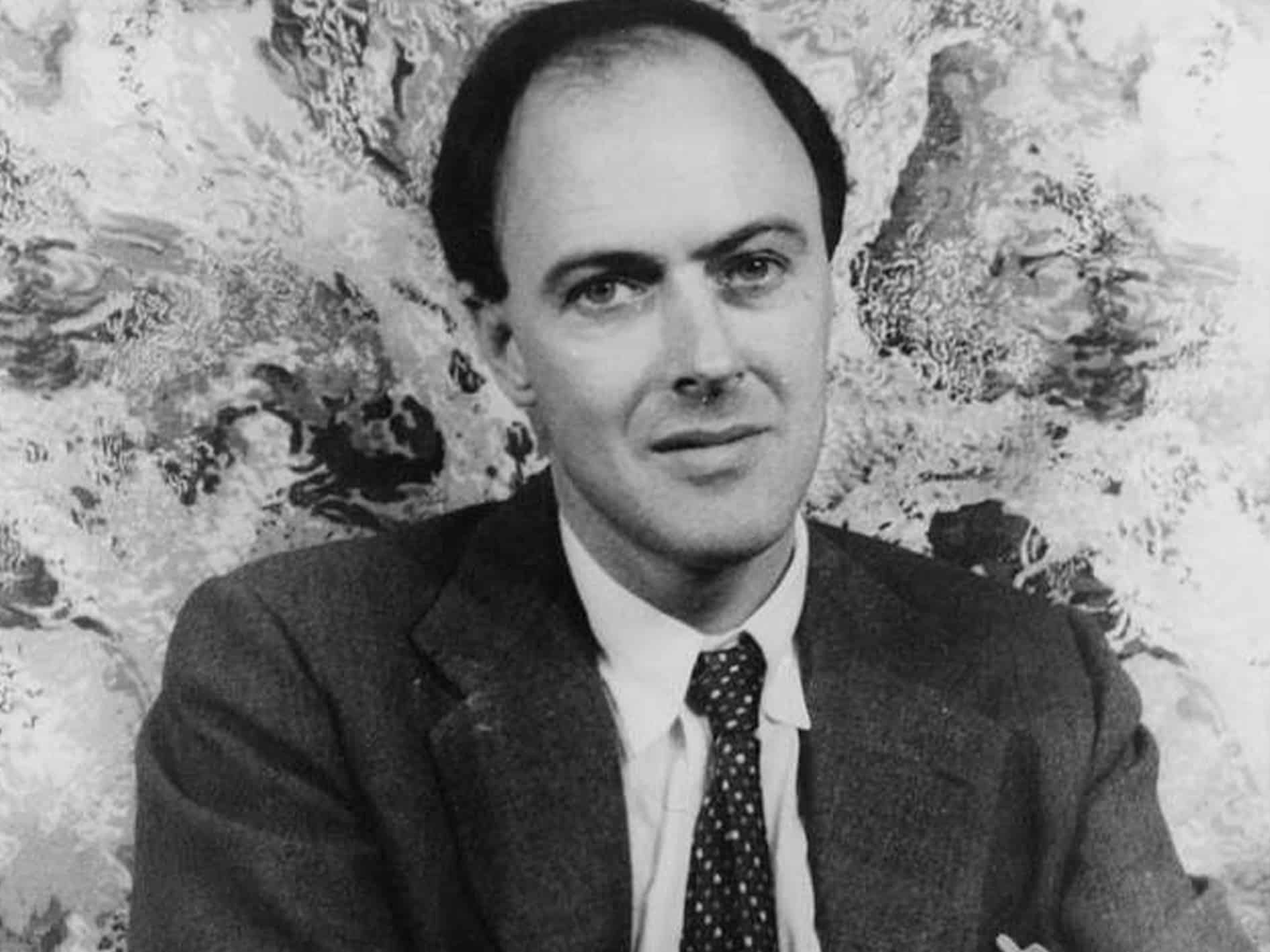
Roald Dahl himself wrote the first draft of the screenplay of Willy Wonka and the Chocolate Factory, directly adapted from his novel. Part of the story that Dahl emphasised was the songs, which appeared in both the script for the movie and the original book, each of which were based around pointing out the vices and character flaws of the children. However, despite this extensive song list appearing in Dahl’s writing, the songs (along with the rest of the script) were heavily rewritten before the film made it to the screen. The only lyrics taken directly from Dahl to appear in the movie are the ones sung in the boat tunnel scene.
The cast thought Wilder was going mad for real in the tunnel scene

The infamous tunnel scene does appear in the book, as well as being present in both adaptations of the movie, but Wilder’s performance in the scene takes things to another level. The sequence has long been considered one of the all-time scariest scenes to appear in a kid’s movie. Throughout the sequence Wilder’s voice gradually builds in intensity to the point where Wonka seems to have gone completely insane. His acting was so convincing that actress Julie Dawn Cole (who portrayed Veruca Salt) was convinced that she was watching Wilder become unhinged in real-time.
The Chocolate River really did contain chocolate
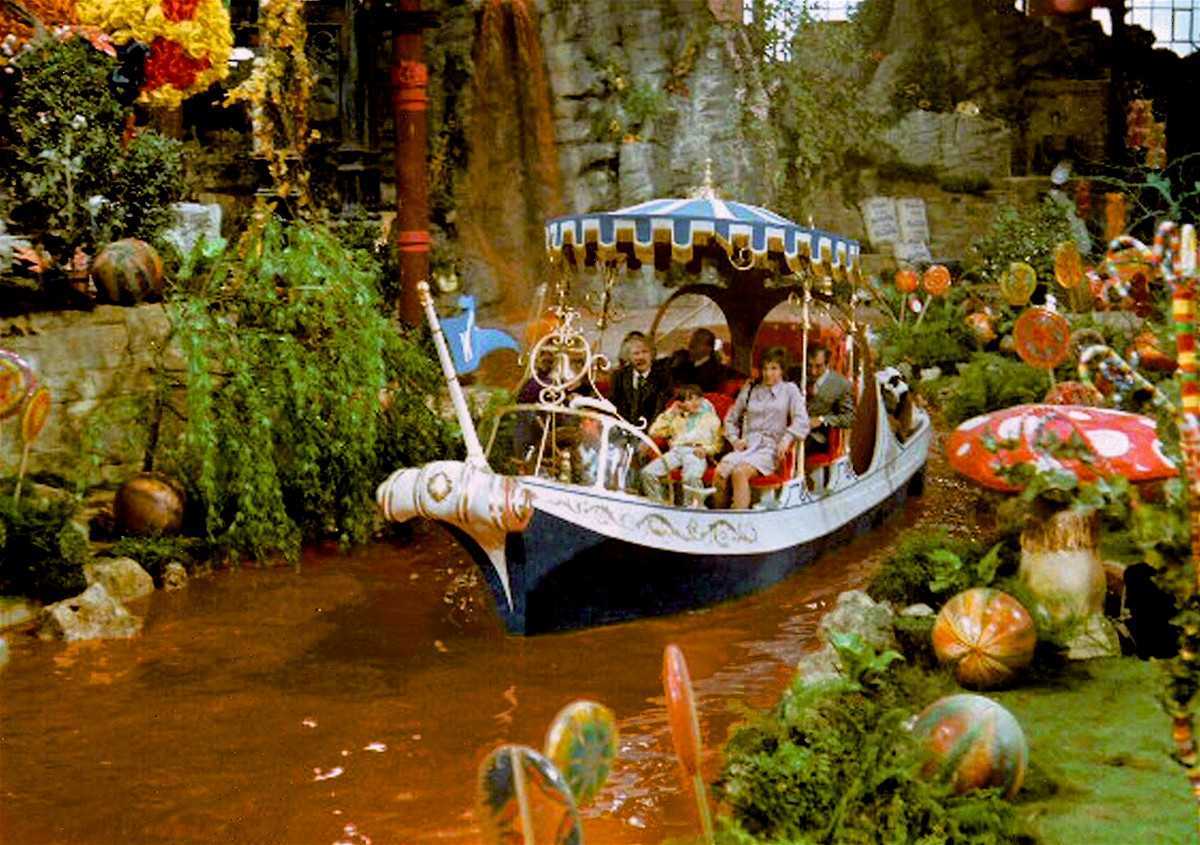
The Chocolate Room is probably the most iconic scene in Willy Wonka and the Chocolate Factory, and the most memorable part of this sequence is surely the chocolate river, a literal body of water which we’re told is made up entirely of melted chocolate. You might think it was just brown coloured water, but you’d be wrong. While the river wasn’t pure melted chocolate, it did indeed contain chocolate and cream to give it the right colour and consistency needed for the film. It was this mixture that the actor playing Augustus Gloop genuinely had to drink from, and then later swim through. Of course, the mixture was still largely water, reportedly around 150,000 gallons.
The river made the set smell terrible

Filming around a giant river made of chocolate may sound like a dream come true, but by the end of shooting it was actually way closer to a nightmare. The mixture was made of perishable ingredients like milk and cream after all, and while more ingredients were added over the shooting schedule, it was impossible to separate out the older ones. That meant that over the long amount of time, the standing mixture started to spoil and curdle far sooner than expected under the hot studio lights, to the point where the cast was given strict instructions not to consume any of it. By the end of shooting, the room smelled so bad that absolutely no-one wanted to go in it or near it.
Wilder was not allowed to forewarn Peter Ostrum that the character would get angry at him

One of the most memorable scenes in the film comes towards the end, when Willy Wonka yells at Charlie and Grandpa Joe for stealing fizzy lifting drinks. It’s a powerful scene, as it is the only moment when Gene Wilder’s chocolatier seems to become genuinely angry, and at good-natured Charlie no less. Wilder knew he would have to really yell at Charlie in order for it to have any emotional weight. However, he was forbidden from telling Peter Ostrum (the actor playing Charlie) what was about to happen, as the director wanted his shocked reaction to be authentic.
Wilder and Ostrum became friends on-set
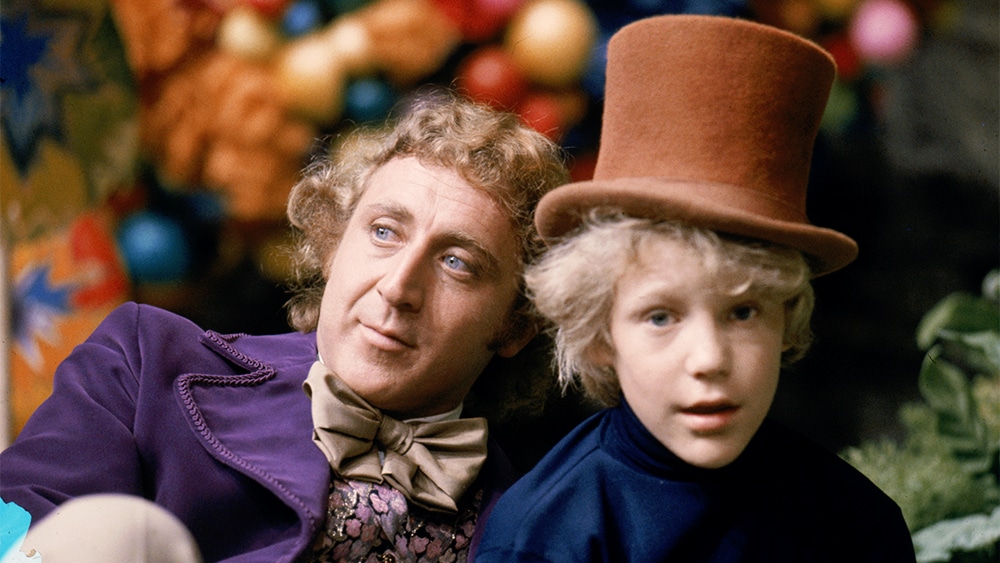
Willy Wonka actor Gene Wilder didn’t become super close with all the child actors on set, but he did develop a close bond with Charlie Bucket actor Peter Ostrum. The two had to spend a lot of time together as they shared many scenes with just the two of them, and they became friends as a result. Ostrum was quite a shy kid, and needed to learn how to be more warm and open as a character. Wilder helped him to do that by constantly having conversations with him on set, and even eating lunch with him away from the rest of the group. Appropriately, the two of them usually finished their shared meals by eating chocolate together.
Ostrum declined a movie contract after the film and instead became a veterinarian
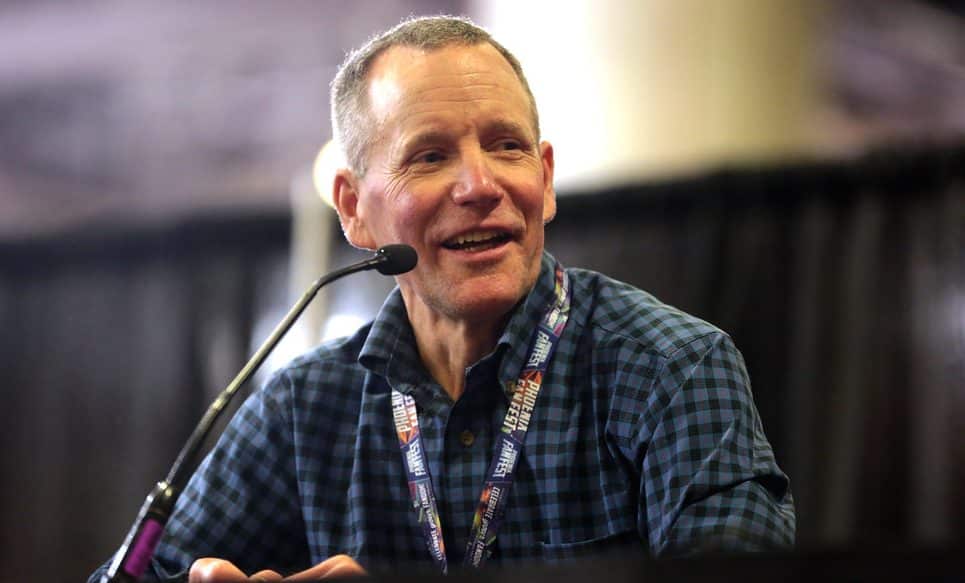
Peter Ostrum’s performance became almost as iconic as Gene Wilder’s himself, even though he was an unknown actor with no previous film experience. His warmth, kindness and just downright adorableness made him super popular, and had others clamouring to see him in other films – but Ostrum had other plans. The actor is said to have had no shortage of job offers after Willy Wonka and the Chocolate Factory’s release, and one studio offered him a five-movie contract. However, Ostrum knew he didn’t want to pursue a film career and turned his back on the business, and in adulthood he would become a veterinarian.
Sweet industry spies were a real thing
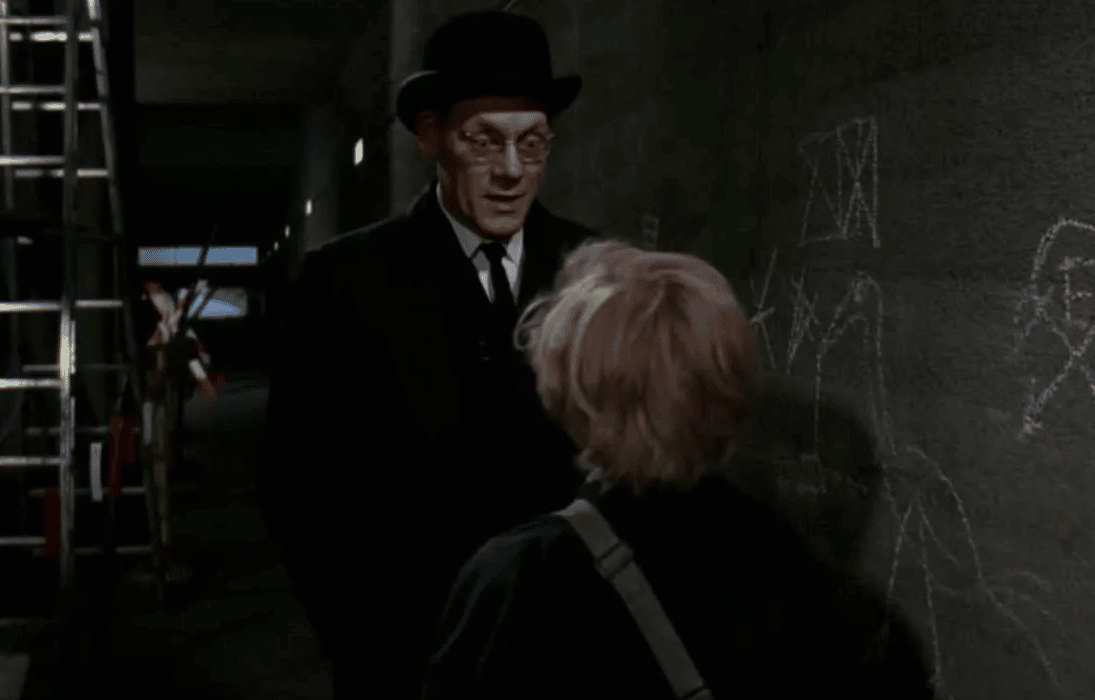
There are a lot of things in the Charlie and the Chocolate Factory that are unbelievable, from the drinks that literally make you fly to the glass elevator that explodes through the ceiling. However, one plot point that you might have thought was fantasy is actually based in reality: rival chocolate companies sending spies. The funny thing is, as unlikely as it sounds, industrial espionage in the sweet industry was a real thing in the 1920s. Roald Dahl himself had experienced thus, having once worked as a taster at a sweet factory, where he saw first-hand what fiercely guarded secrets the precise recipes of sweet companies were.
The Oompa Loompa actors were lied to
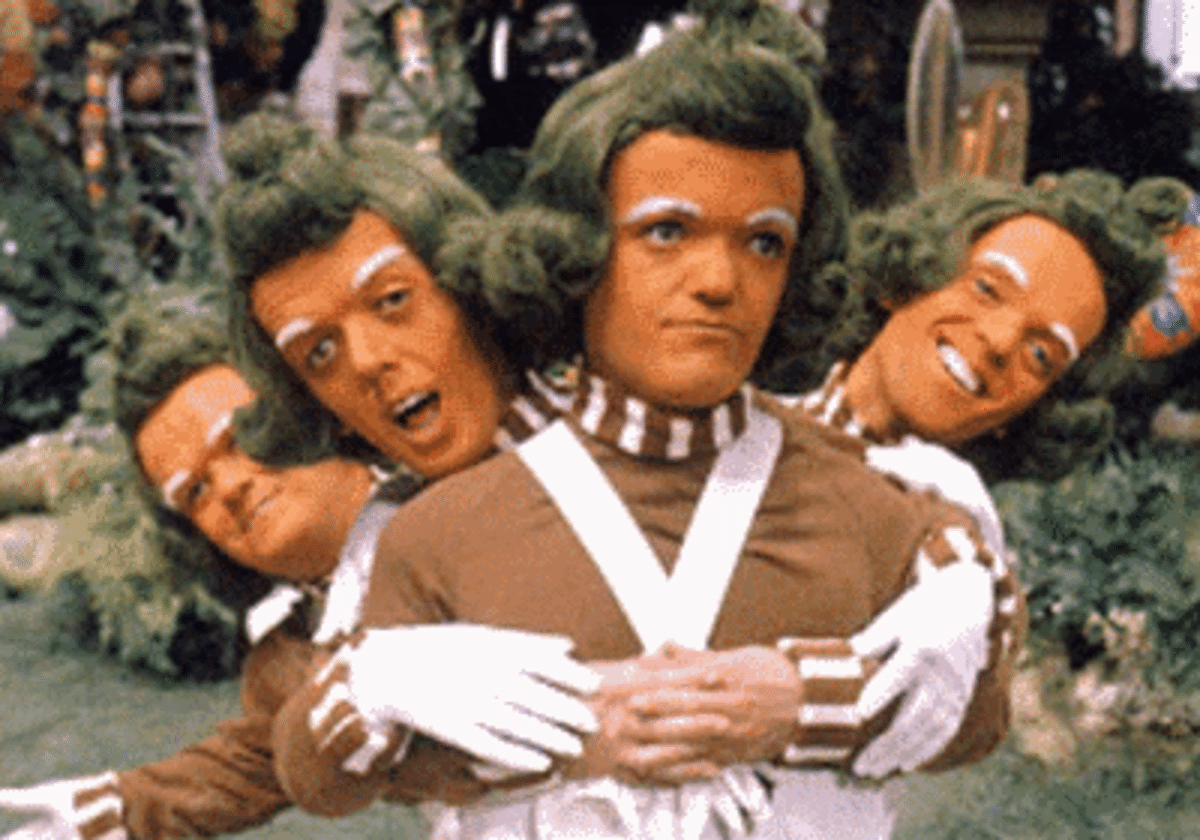
As everyone familiar with the story will remember, rather than employing locals to staff his factory, Wonka’s workforce consists entirely of Oompa Loompas, diminutive people with orange skin and green hair. The film required a large number of dwarf actors to play these characters, and not all of them could speak English. One of the Oompa Loompa actors had the job of driving the candy boat through the chocolate tunnel, even though the boat was actually on tracks and couldn’t be steered or controlled. In a hilarious twist, the director decided not to tell the actor that he had no control over the boat, because he seemed so excited to be driving.
Sammy Davis Jr wanted to play the candyman
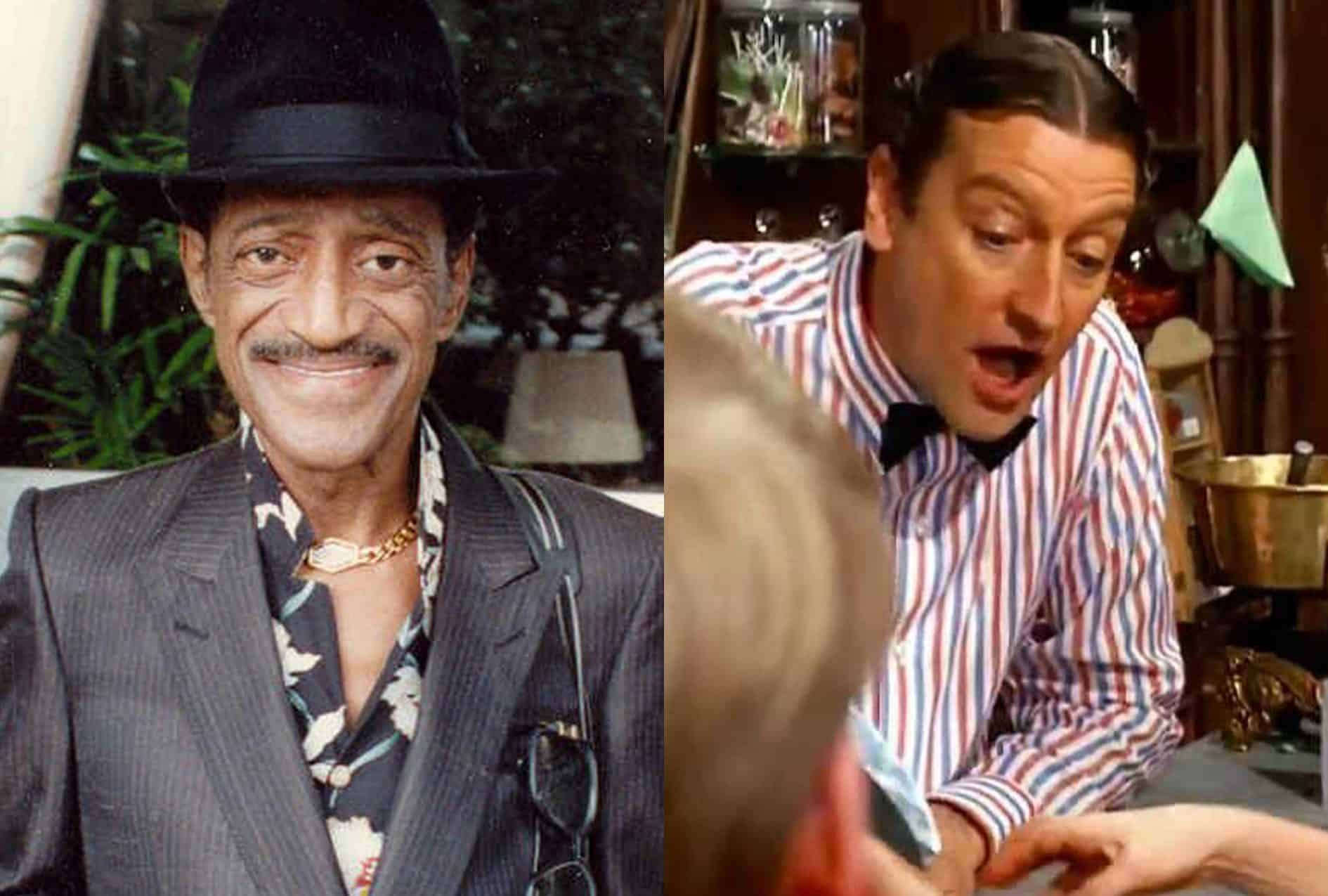
Part of Willy Wonka and the Chocolate Factory’s enduring appeal is its enchanting musical soundtrack. The tone for the film is set early on, when the English singer and actor Aubrey Woods plays Bill, the sweet shop owner who sings the whimsical ditty The Candy Man. While the relatively unknown Woods gives a great performance, a far bigger name was interested in the role of Bill. The renowned American singer, actor and ‘Rat Pack’ member Sammy Davis Jr. loved the song and was eager to play the part of Bill in the movie, but director Mel Stuart declined, feeling Davis was too recognisable and would distract and confuse audiences. Even so, Davis would later record his own rendition of The Candy Man.
Peter Sellers and the Pythons all wanted the part of Willy Wonka
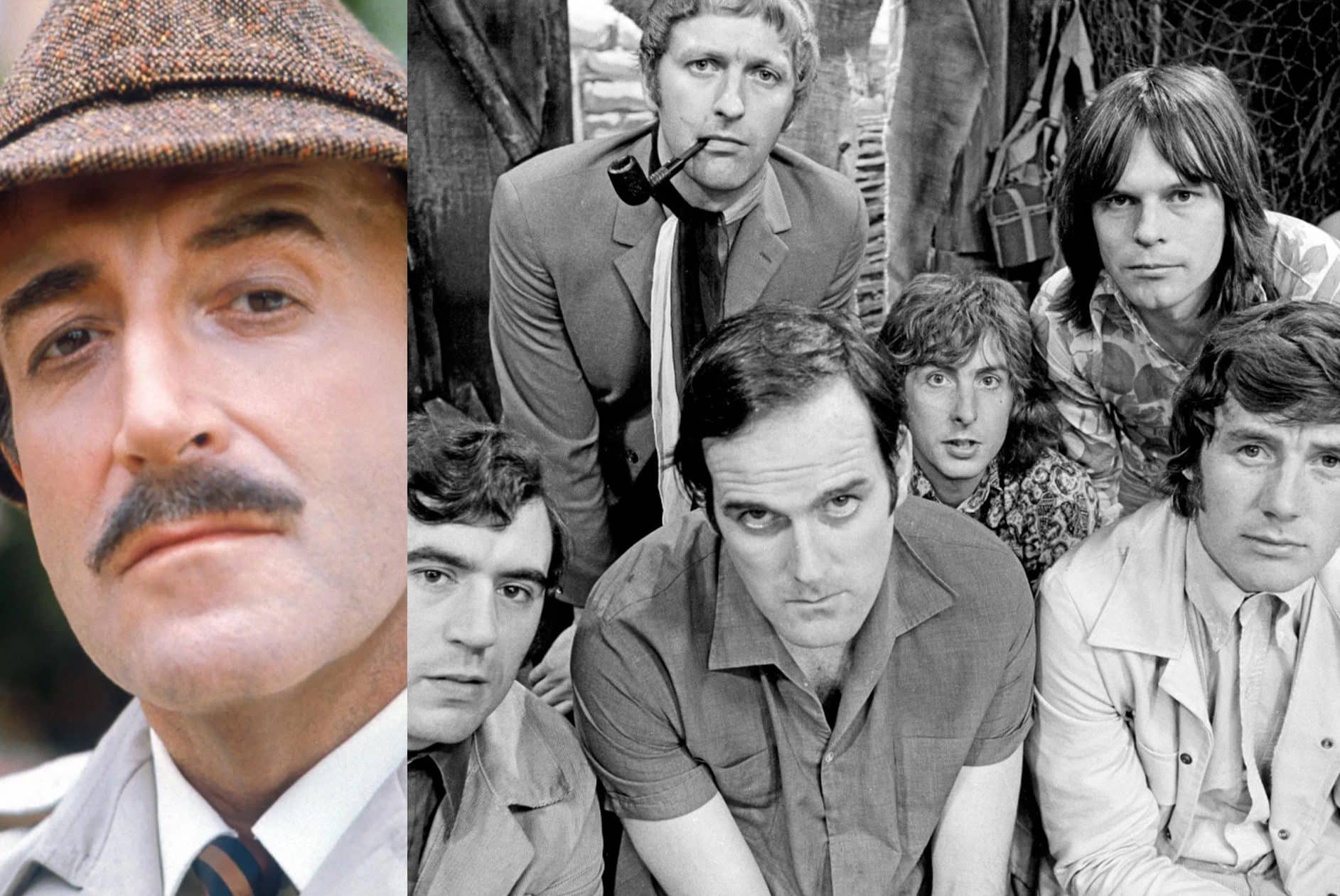
Willy Wonka is one of the most famous characters in all of children’s literature, so it’s not surprising that many well-known actors were keen to play the role. This included many British comedy stars, among them Peter Sellers (The Pink Panther), who personally wrote to Dahl to plead his case for playing Willy Wonka. In addition, all six members of the Monty Python troupe (John Cleese, Graham Chapman, Eric Idle, Terry Jones, Michael Palin and Terry Gilliam) threw their names into the ring, but none of them were considered big enough box office draws. Roald Dahl, meanwhile, wanted British funnyman Spike Milligan for the role, but the filmmakers disagreed.
Joel Grey didn’t get the part because producers were afraid the child actors would outgrow him during the shoot
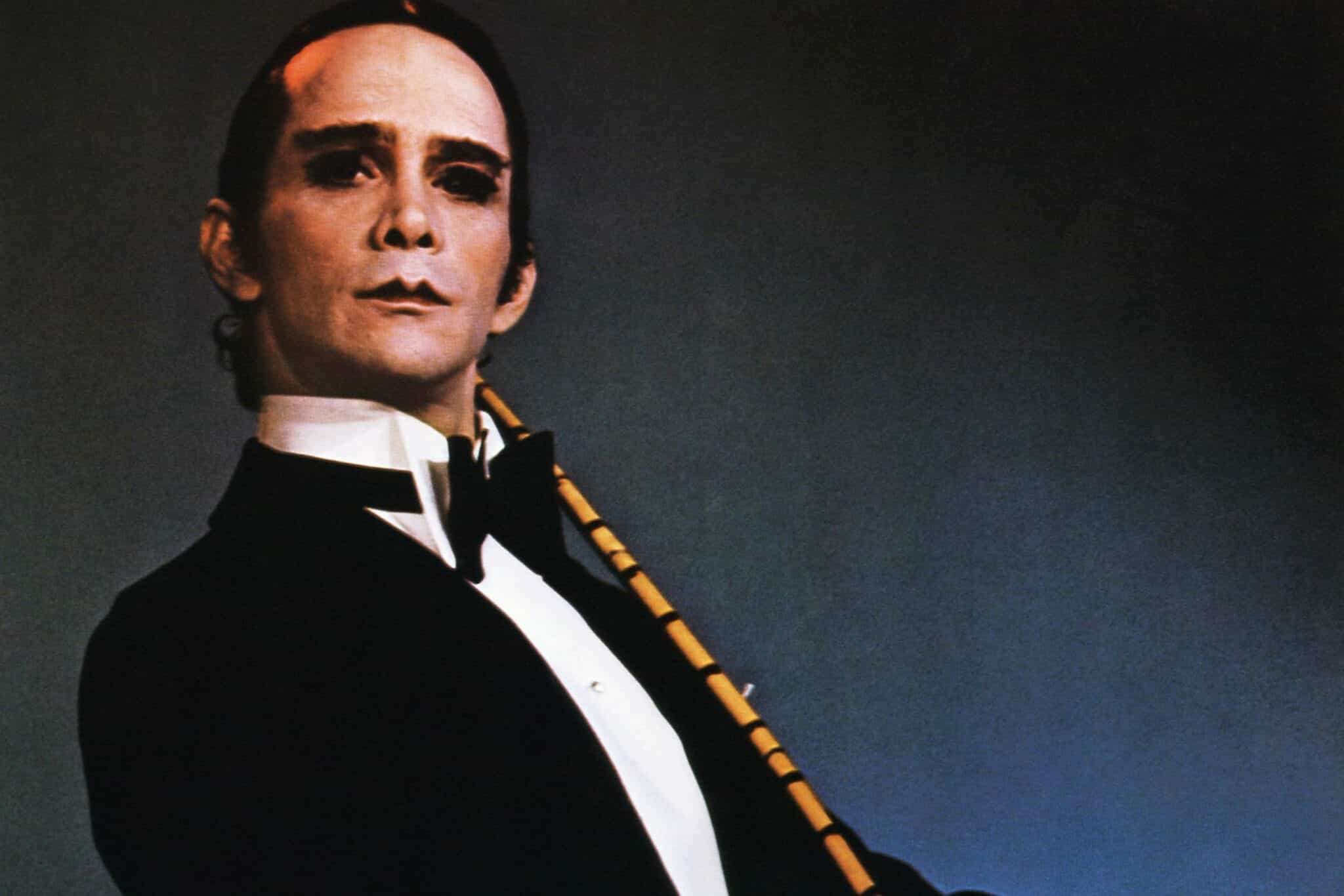
One actor who came very close to playing Willy Wonka was Joel Grey, then best known as a stage musical actor on Broadway. The filmmakers felt he was a good fit for Willy Wonka, and he even made it into the final stages of being considered for the role. However, there was one area of concern: Grey is only 5’4″ tall. For this reason, the filmmakers were worried that the young actors playing the children in the movie might outgrow Grey during the course of the shoot, so he was ruled out. Not that this hurt Grey’s career too much: the following year he appeared in the film adaptation of musical Cabaret, which saw him awarded the Best Supporting Actor Oscar.
The actress who played Veruca Salt was injured on set
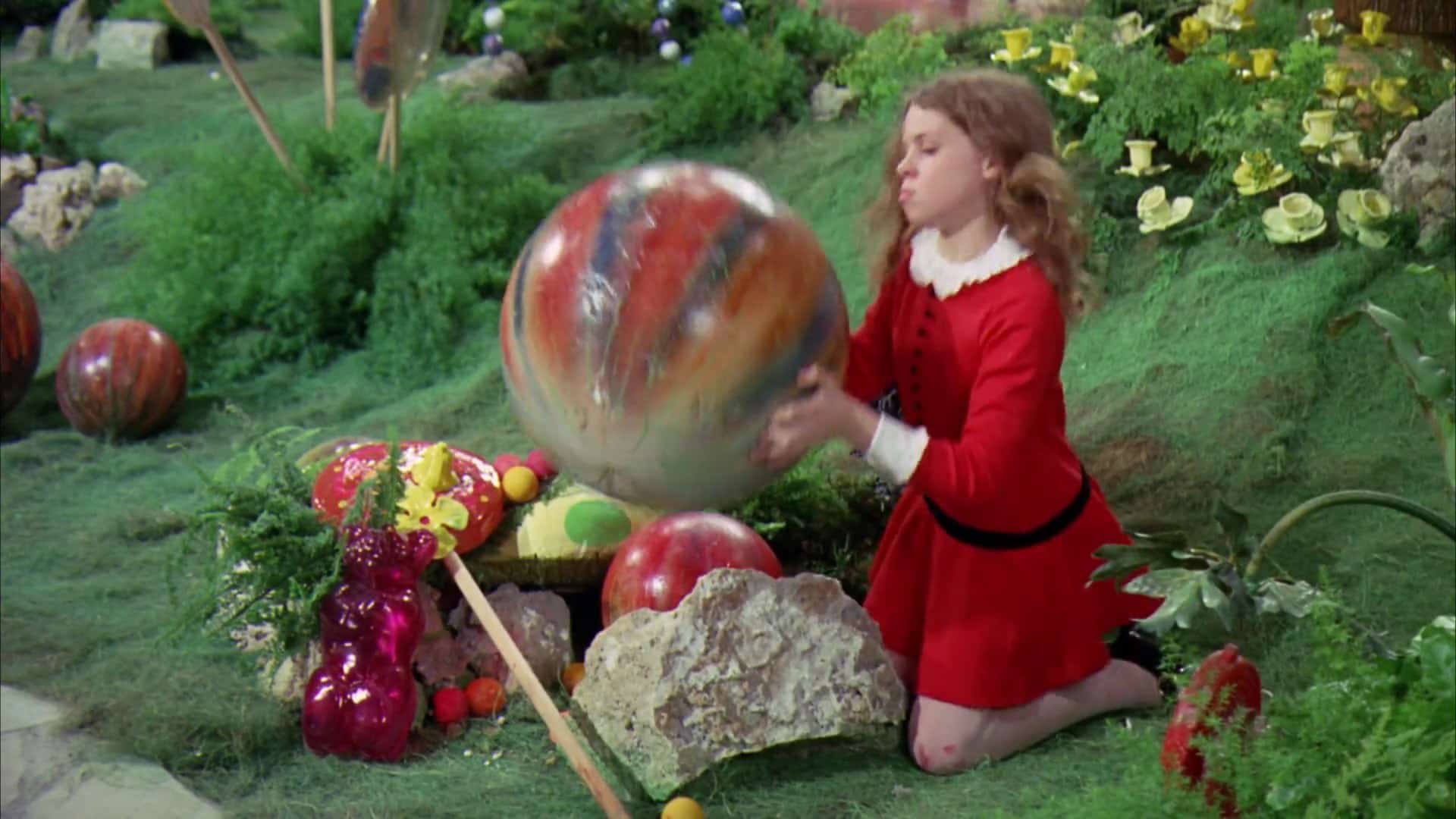
Film sets can be fairly dangerous places, and that’s even truer when the movie is being made with a cast of child actors in the 1970s, when health and safety protocols were a bit more lax than today. A slip-up on set saw Veruca Salt actress Julie Dawn Cole suffer a nasty and unexpected injury in the moment when Veruca picks up a rock to smash open a chocolate egg. While safe prop rocks had been provided, these were mixed in with real ones, and young Cole had not been instructed which was which. She mistakenly used a real rock, then stumbled and fell into its sharp edge. That led to her cutting her knee and bleeding through her white stockings, which can be seen in the movie. She also has a permanent scar as a result.
Gene Wilder helped design Wonka’s costume

A key aspect of Willy Wonka’s distinctive, eccentric persona is of course his wardrobe. Gene Wilder himself took a very active interest in the character’s costume, sending the wardrobe department pages and pages of detailed lists about what he thought the character would wear. His most memorable was his request that the hat be shortened, and given a ribbon to match his huge bow tie. Why? Because “Willy Wonka was the kind of person who would know how to accessorise his piercing blue eyes”.
The director only made the movie because his daughter loved the book so much
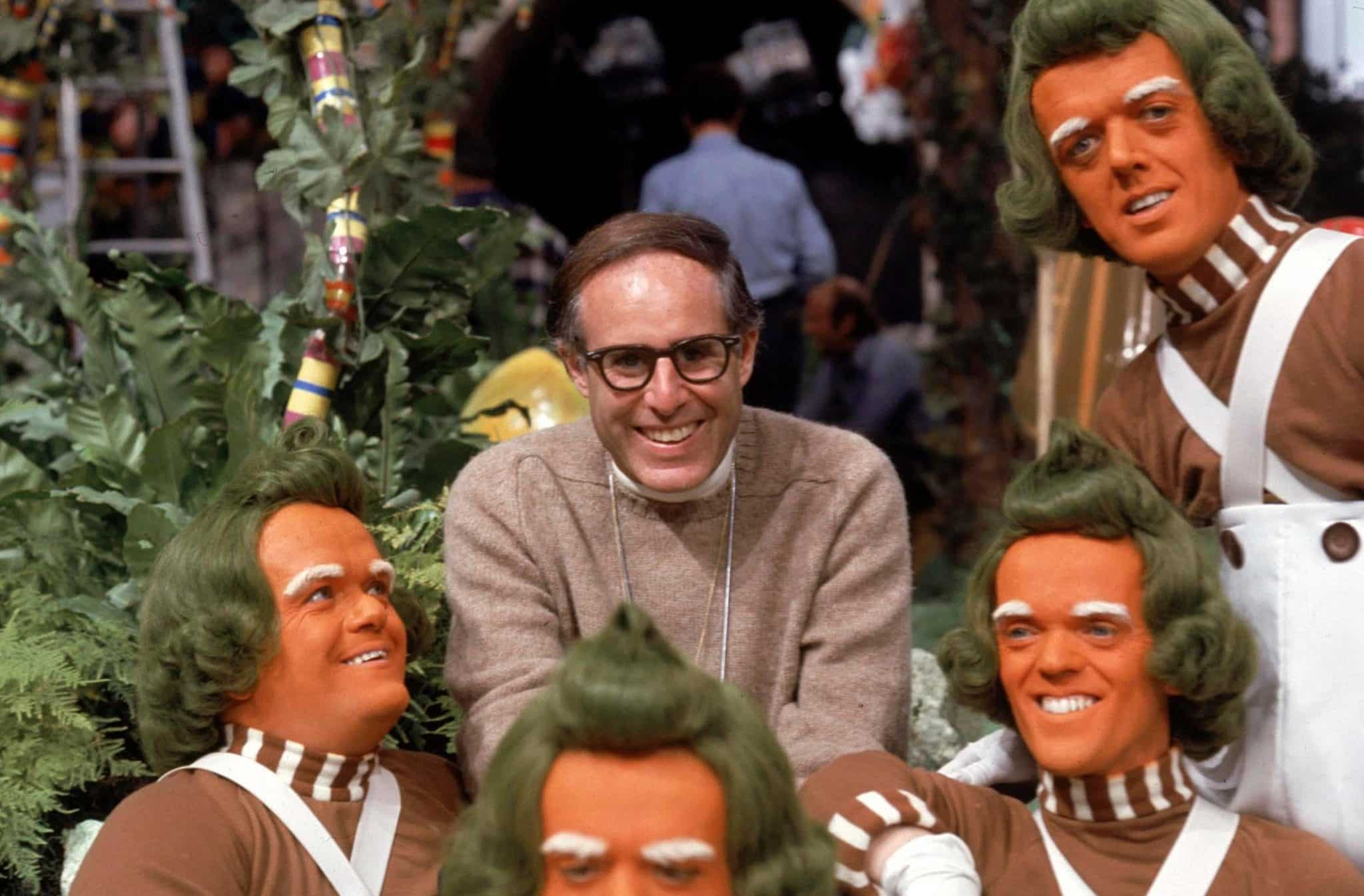
Director Mel Stuart was the main driving force behind getting Willy Wonka and the Chocolate Factory made. This was because his young daughter was completely besotted with Roald Dahl’s novel Charlie and the Chocolate Factory, reading it multiple times. Believing it would make a great movie, Stuart’s daughter begged him to adapt the novel to the screen. Willy Wonka and the Chocolate Factory proved to be Mel Stuart’s best-loved work. Stuart would go on to direct only three more theatrically released films (One is a Lonely Number, Mean Dog Blues and The White Lions), and otherwise worked most extensively in TV documentaries, before he passed away in 2012 aged 83.
The children each represent one of the seven deadly sins
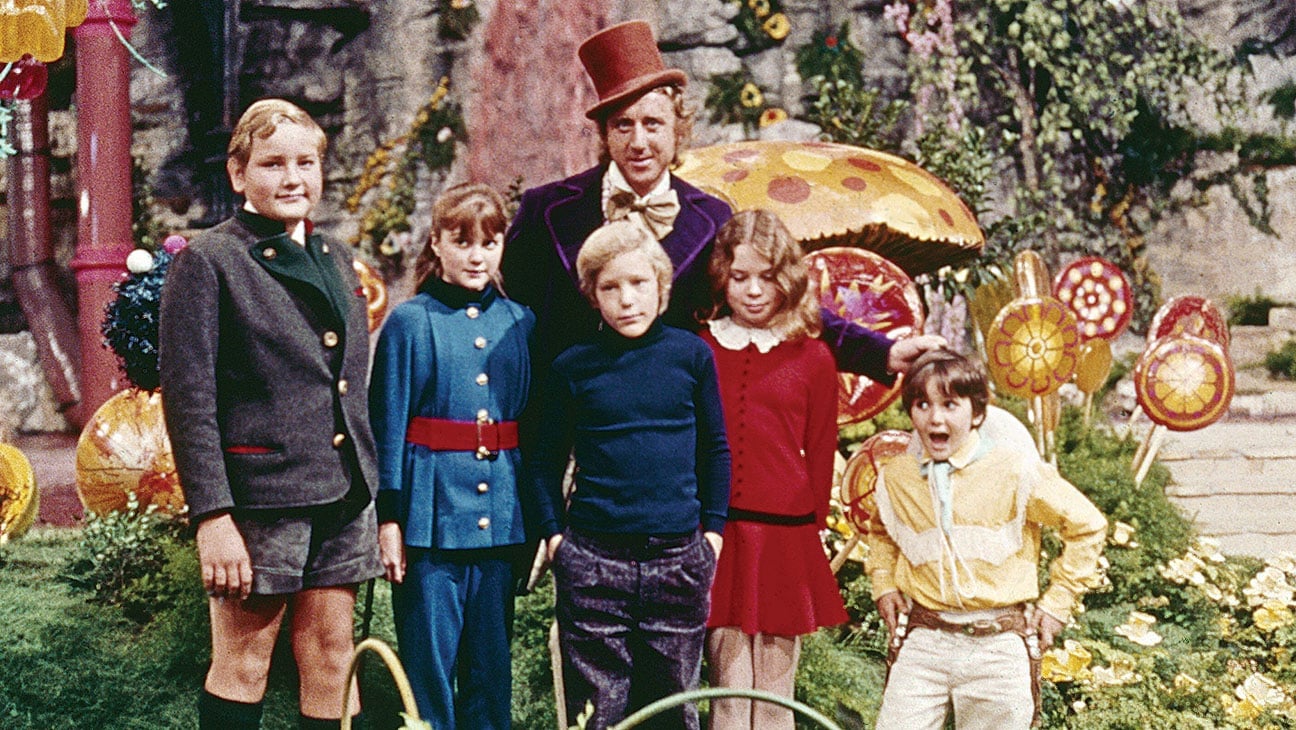
Roald Dahl’s Charlie and the Chocolate Factory might be for children, but it has long been noted for its somewhat sinister overtones. These come across heavily in the film adaptation, as the cast gradually dwindles away, each child ejected from the factory in turn for various indiscretions. Pay close attention, and you’ll notice that the children embody some of the Bible’s seven deadly sins. Augustus Gloop, who drinks from the river of chocolate, represents gluttony, while spoilt Veruca Salt is greed. Violet Beauregarde, the arrogant world champion chewer, represents pride, while obsessive TV viewer Mike Teavee can be seen to embody both lust and sloth. Even the decent Charlie, the poor kid jealous of more fortunate children, symbolises envy.
A sequel was planned, but never happened
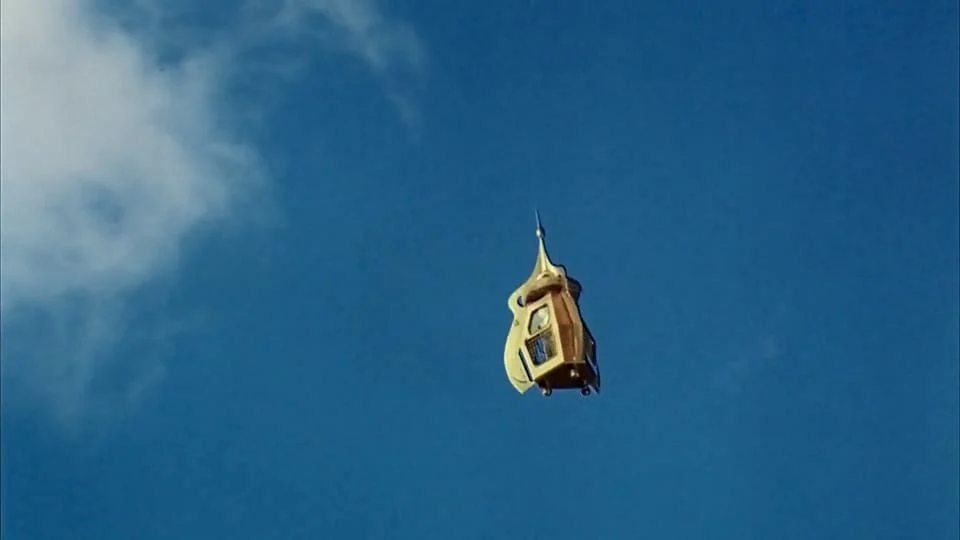
The ending of Willy Wonka and the Chocolate Factory is essentially the same as the novel: Charlie and Grandpa Joe accompany Mr Wonka in his ‘Wonkavator,’ otherwise known as the Glass Elevator, which bursts through the factory ceiling and into the sky. Dahl’s follow-up novel, Charlie and the Great Glass Elevator, carries on from this ending. Charlie and the Great Glass Elevator was published the year after Willy Wonka and the Chocolate Factory was released, and originally the filmmakers hoped to also adapt the sequel to the big screen. However, this never came to pass, largely because the original film had not proved as profitable as hoped.
Roald Dahl disowned the film
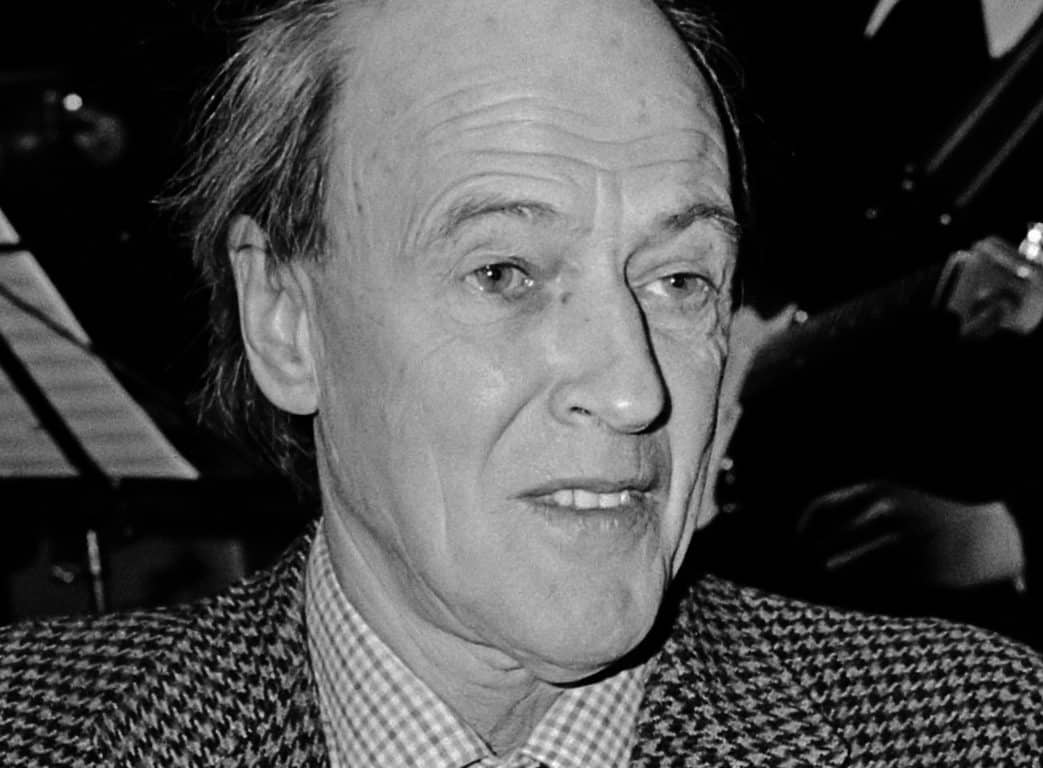
Although he was paid handsomely to adapt his own book into a screenplay – $300,000, a princely sum for 1971 – Roald Dahl wasn’t happy with what the filmmakers did with Chocolate Factory. The problems started after Dahl turned in his first draft of the script, and David Seltzer, who would go on to write the Omen films, was hired for a rewrite. In Donald Sturrock’s biography Storyteller: The Life of Roald Dahl, Dahl is quoted as calling the 1971 film “crummy”. Dahl disliked “many of the small changes” made by Seltzer, while he wasn’t a fan of director Mel Stuart either. Dahl so disliked Seltzer’s changes, especially his musical numbers, that he ultimately disowned the film.
Dahl hated Gene Wilder’s performance

The one element of Willy Wonka and the Chocolate Factory that Roald Dahl apparently hated most: the leading man. According to Donald Sturrock, Dahl’s friend and biographer, Dahl simply “felt the Gene Wilder casting was wrong,” as his vision for Wonka was as a “very British eccentric.” As well as being American, Gene Wilder didn’t physically fit the role as Dahl saw it: as Sturrock explained, the actor “was rather too soft … his voice is very light and he’s got that rather cherubic, sweet face. I think [Roald] felt… there was something wrong with [Wonka’s] soul in the movie – it just wasn’t how he imagined the lines being spoken.”
Gene Wilder hated the Tim Burton remake

Roald Dahl may have hated Gene Wilder’s interpretation of his writing, but years later it came Wilder’s turn to have a dig at a Chocolate Factory adaptation. In 2005, Tim Burton released Charlie and the Chocolate Factory, an apparently more faithful version of the book starring Johnny Depp as a child-like Willy Wonka. When asked in 2013 what he thought of the 2005 film, Wilder said: “I think it’s an insult – Warner Brothers’ insult… Johnny Depp, I think, is a good actor, but I don’t care for that director.” Even before the film was released, Wilder (who died in 2016) dismissed it as a cash-grab: “It’s just some people sitting around thinking, ‘How can we make some more money?’ Why else would you remake Willy Wonka?”
Marilyn Manson once covered the Wondrous Boat Ride song
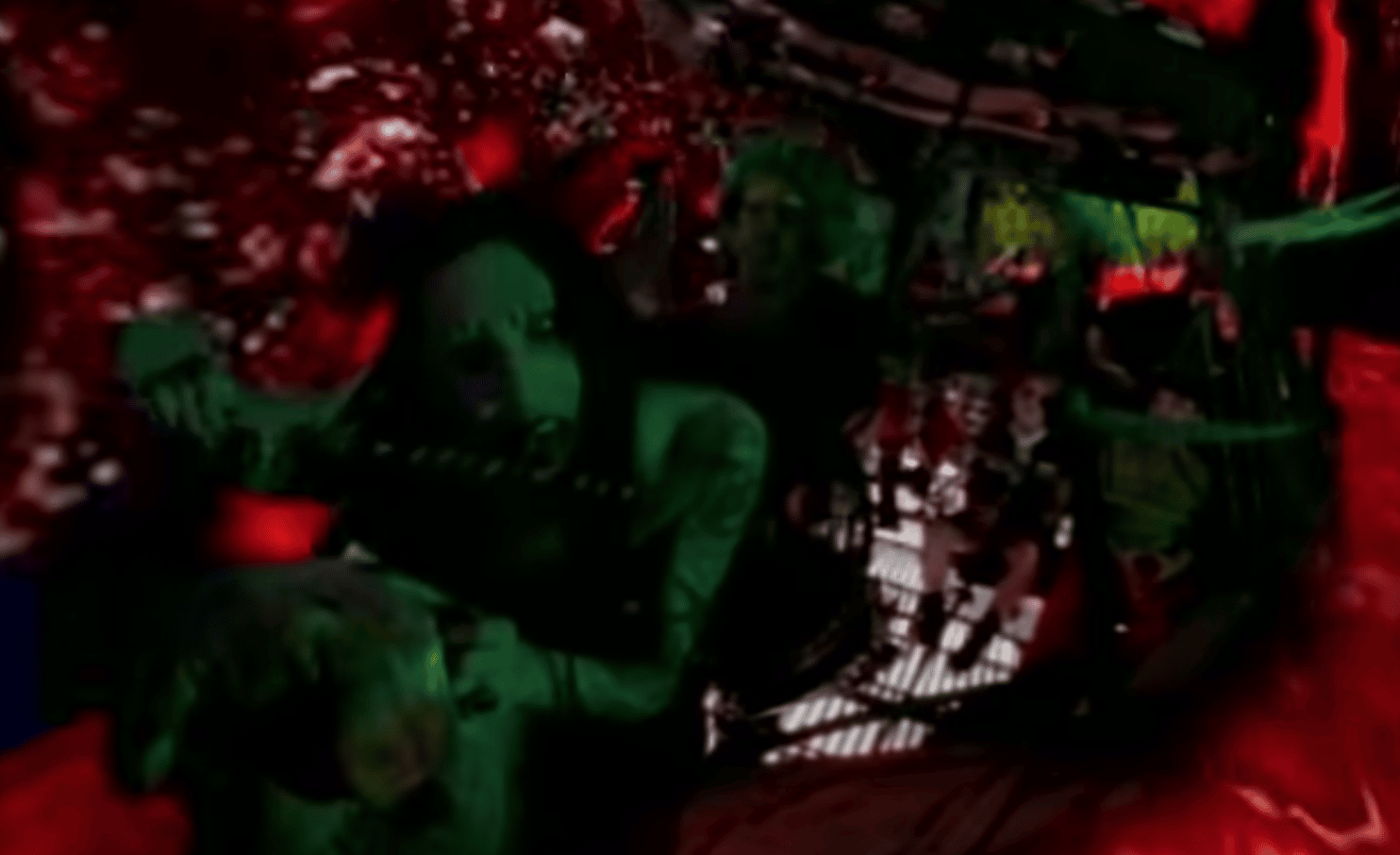
Such is its broad appeal, Willy Wonka and the Chocolate Factory has fans of all ages and sorts. However, one famous fan of the film might surprise you: shock-rocker Marilyn Manson, who once covered Willy Wonka’s Wondrous Boat Ride song, and modelled the video for single Dope Hat on the 1972 film. Manson (real name Brian Warner) is such a huge fan of Willy Wonka and the Chocolate Factory that in the early 2000s he started a rumour that he would portray Wonka in the remake. Unsurprisingly, this claim would promptly be refuted by studio Warner Bros.
The film wasn’t very popular on release
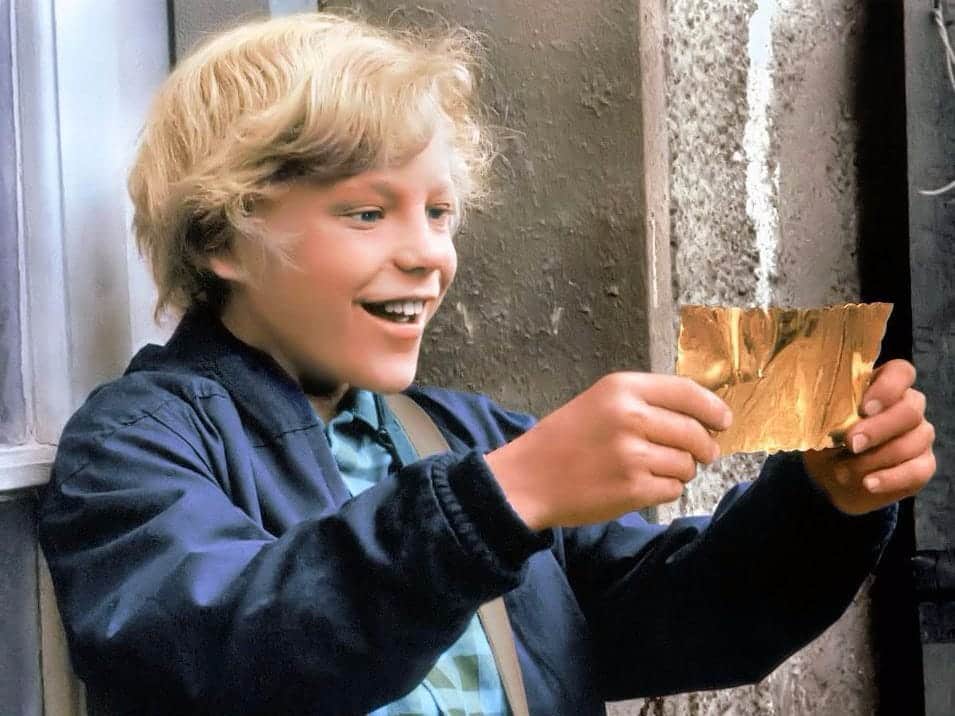
It may surprise you to learn that Willy Wonka and the Chocolate Factory wasn’t particularly successful on release. Back when the film first hit the big screen in 1971, the film didn’t make much impact, earning only $4 million at the box office on its original theatrical run: a poor showing against its $3 million budget. The reviews were also for the most part lukewarm, one of the few raves coming from noted critic Roger Ebert who said it was “probably the best film of its kind since The Wizard of Oz.” It would take many years before the wider audience felt similarly about Willy Wonka and the Chocolate Factory, as the film eventually became popular via home video and TV screenings.
Quaker Oats financed the film to sell their candy

If you’ve ever thought that Willy Wonka and the Chocolate Factory looked specifically designed to sell chocolate, you’re not far off. The film was funded by The Quaker Oats Company, who bought the rights to Roald Dahl’s book in order to create and sell their own line of confectionary under the brand name Wonka. Despite having never worked in film before, Quaker teamed up with Paramount Pictures on Willy Wonka and the Chocolate Factory and put up the money to make the film. Alas, Quaker wouldn’t get the Wonka bar on shelves until 1975, four years after the film’s release; the company didn’t perfect the recipe in time, and so botched the promotion of Wonka’s most famous product.
The exterior scenes were shot in Munich
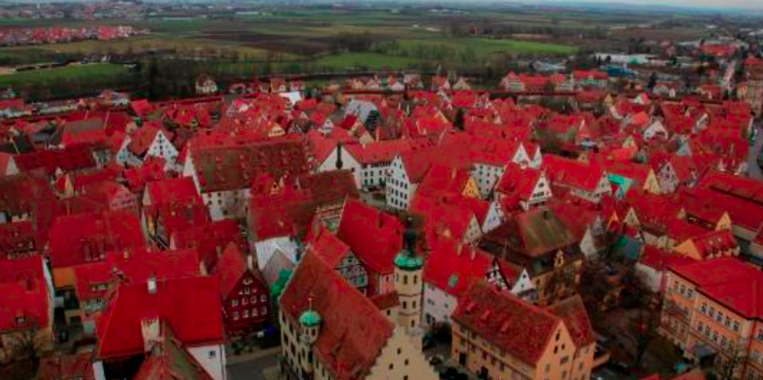
Considering the fact that almost all of the film’s characters are notably American, it’s a little confusing that the parts of the film that take place outside the factory are filled with clearly European architecture. The reason for this is when the film’s producers were searching for locations, they ended up settling on Munich because it’s incredibly cheap to film there.
Julie Dawn was the only child actor to remain in the industry
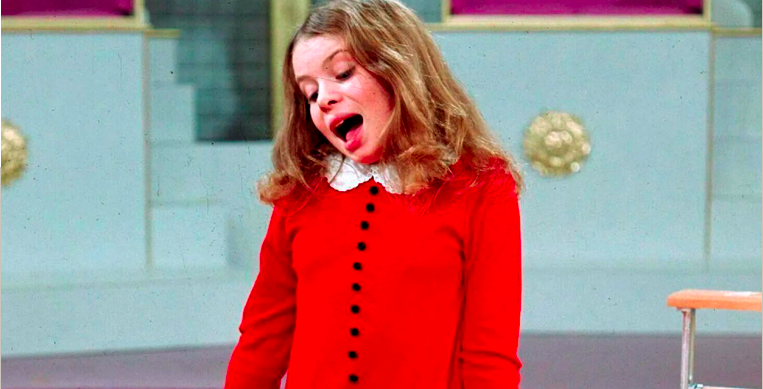
You might have thought that all the child actors in Willy Wonka and the Chocolate Factory would have used the project as a springboard for Hollywood careers. However, most of them quit acting after the film and pursued more normal lives. The exception is Julie Dawn, who played the bratty Veruca Salt. Dawn has pursued a successful career in British television, appearing in shows such as Poldark, Casualty and Emmerdale.
Aubrey Woods nearly hit a girl during the Candy Man song
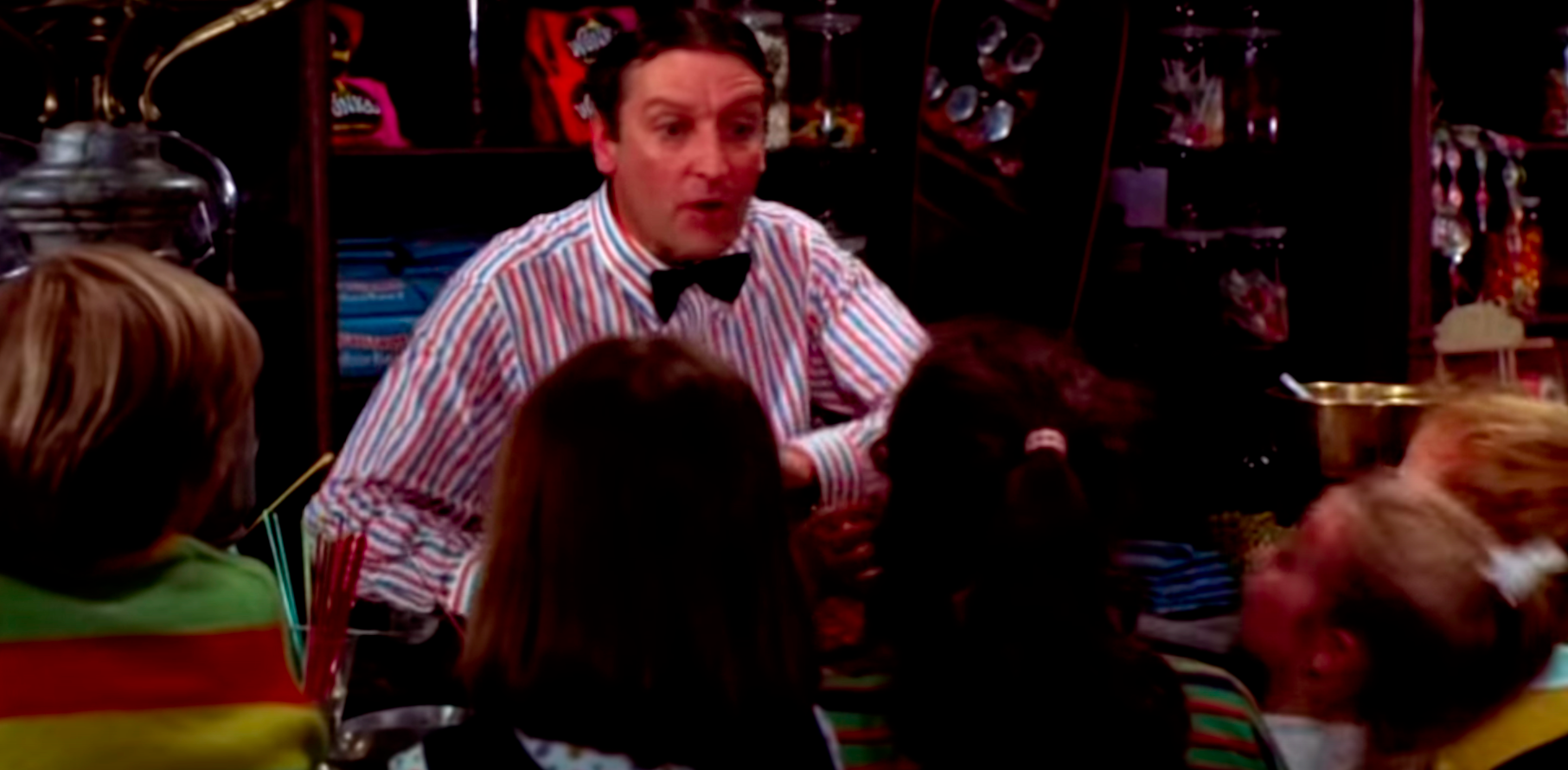
Eagle eyed viewers might have spotted the fact that, during his Candy Man solo, Aubrey Woods almost gave a child concussion. In the final section of the song, Woods lifts up the flip-top wooden counter he’s stood behind, very nearly catching a small girl straight in the chin. Fortunately, the actress in question displayed some cat-like reflexes, dodging the counter at the last second and allowing the take to continue.
David Seltzer rewrote Wonka to make him more intellectual

After Roald Dahl’s negative reaction to the film’s first script, David Seltzer was called in for an extensive rewrite. He made many alterations, dramatically altering Wonka’s lines to make the character seem more literary and intellectual by peppering his dialogue with quotes from Shakespeare, Keats, Oscar Wilde and Ogden Nash. Unfortunately, Dahl also hated this version of the character, leading the author to disavow the project.
The cup Wilder bites was made out of wax
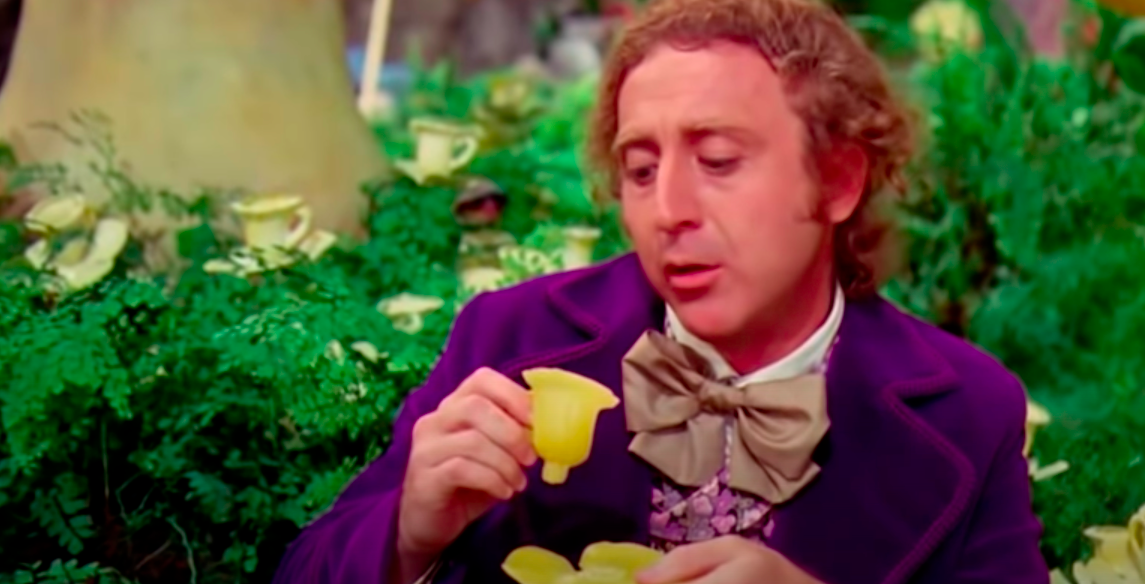
After the film’s release, Gene Wilder revealed that “about a third” of the items in the Chocolate Room were made out real chocolate. Unfortunately, that didn’t extend to the cup Wilder chomps on during the scene. Instead, for some inexplicable reason, the cup was made out of wax, which the actor had to spit out after every mouthful.
The Oompa Loompa actors were fond of practical jokes
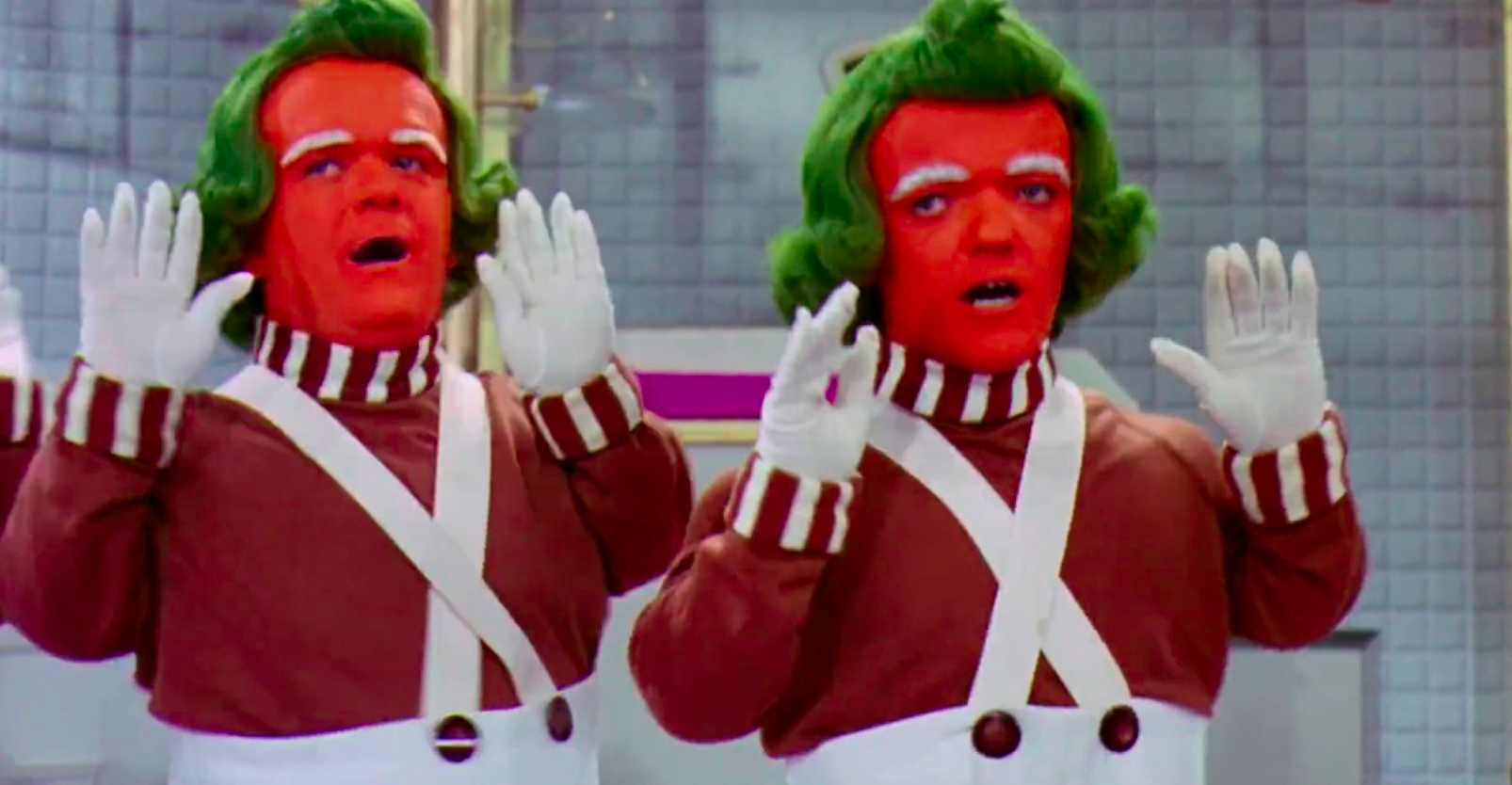
Many of the actors who played the Oompa Loompas were recruited from circuses around Europe, and they proved to be quite mischievous. According to Paris Themmen, who played Mike TeaVee in the film, the Oompa Loompa actors frequently got drunk and played practical jokes on the rest of the cast. In one incident, they stole all the cast members’ shoes from their hotel, tied them together by their laces, and left them in a giant pile.
The final line of the film was almost “yippee!”

The iconic final line of Willy Wonka and the Chocolate Factory ended things on an appropriately heartwarming and saccharine note, with Wonka telling a wide-eyed Charlie, “don’t forget what happened to the man who suddenly got everything he wanted… he lived happily ever after.” However, the original script had the film ending on a much less sentimental “yippee,” delivered by Charlie’s grandpa. When director Mel Stuart brought in David Speltzer for a rewrite, the ending was top on his list of things to correct.
There’s a clue that Willy Wonka planned for Augustus Gloop to get sucked into the pipe
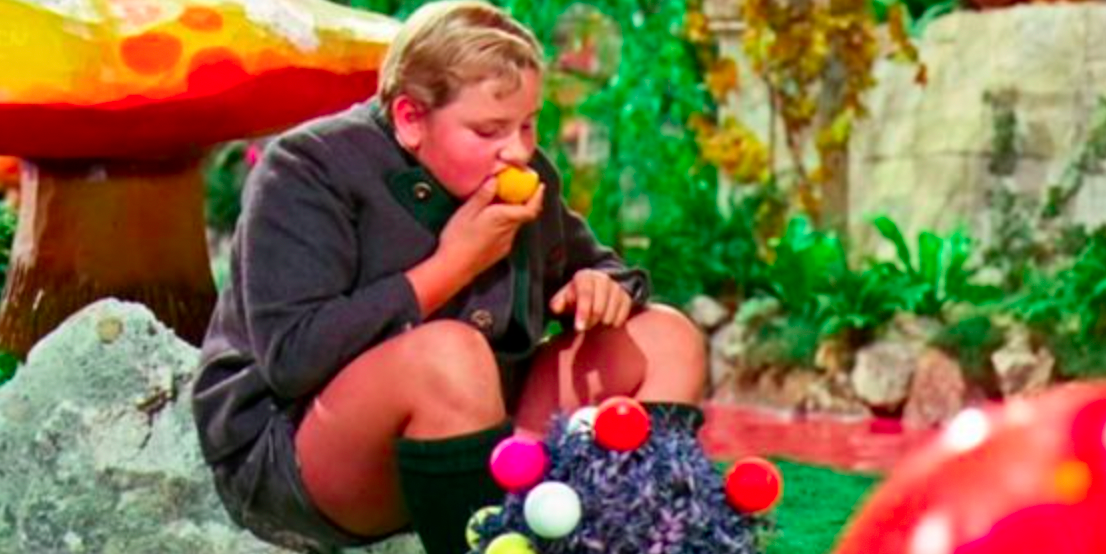
Augustus Gloop’s gluttony earns him an uncomfortable fate early in the film, as he falls into the chocolate river before being sucked into a pipe. Whilst it seems like a careless accident, there’s actually a clue that Willy Wonka deliberately orchestrated the event. When the characters board Wonka’s boat in the next scene, there isn’t a spare seat – suggesting the eccentric proprietor knew that the group would be missing a member.
A tight budget forced alterations to the story
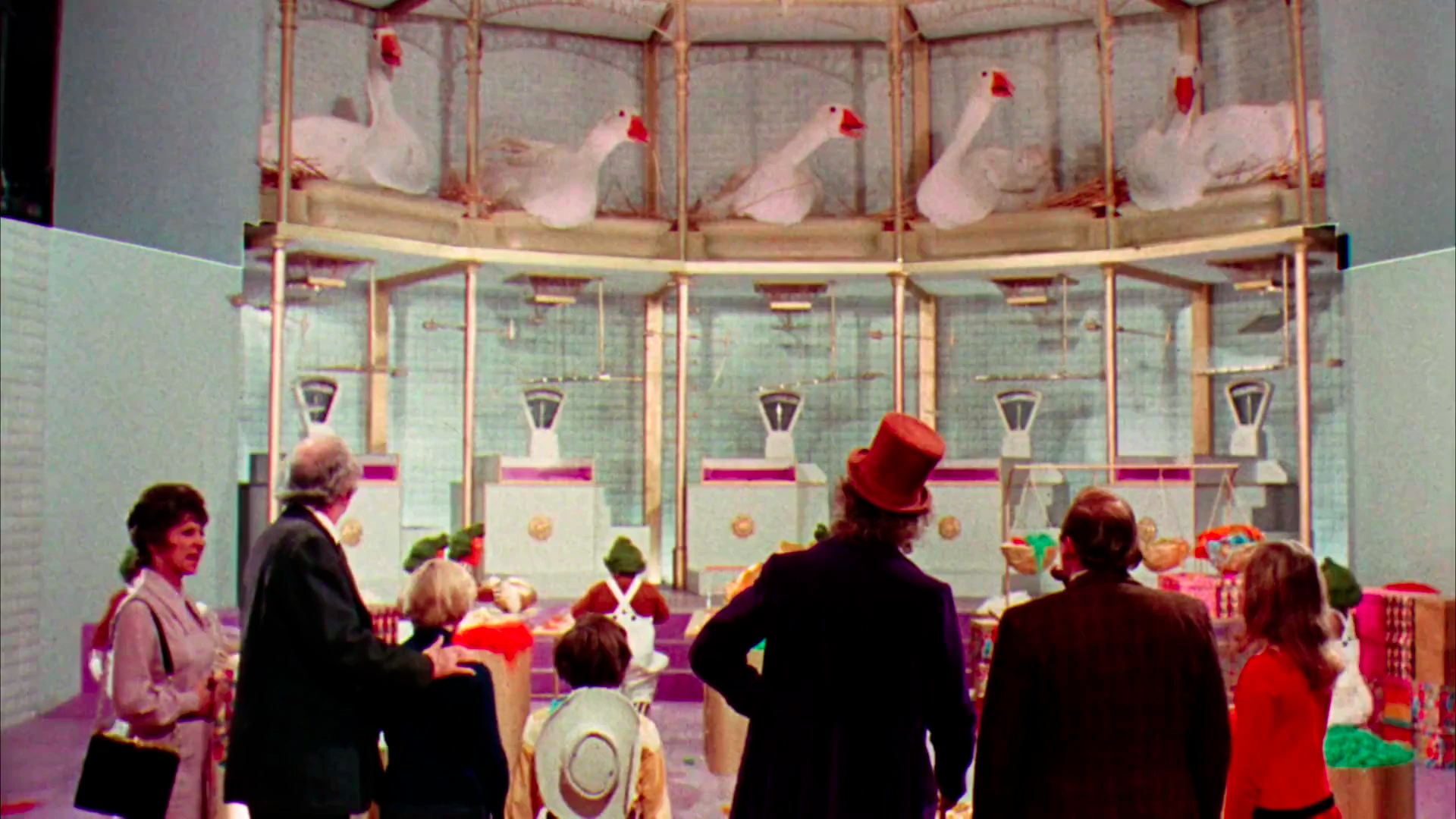
Even in 1971, $3 million was a minuscule budget for a fantasy film. As a result, cost-cutting alterations had to be made, including substituting the hordes of squirrels from the original story for geese. By contrast, the 2005 remake had a budget of $150 million, some of which went towards extensively training 40 squirrels to crack nuts and attack Veruca Salt.
Child actress Denise Nickerson got cavities from chewing gum for the film
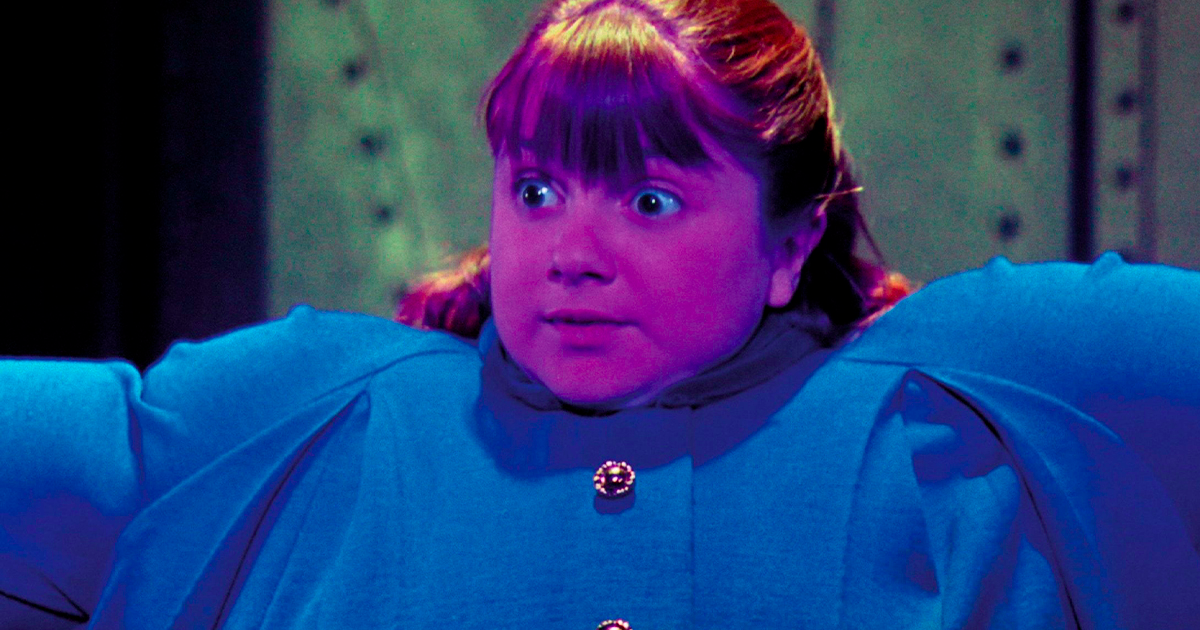
One of Violet Beauregarde’s key character traits is her incessant chewing of bubblegum, a habit that Denise Nickerson had to adopt when she portrayed the aggressively competitive child in the film. Whilst Nickerson revealed that she enjoyed the unrestricted access to candy, she also developed 13 cavities during the course of production and swore off gum entirely after she finished working on the movie.